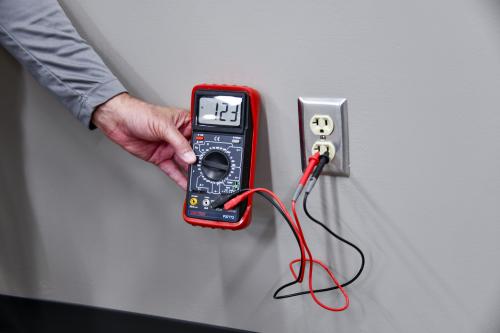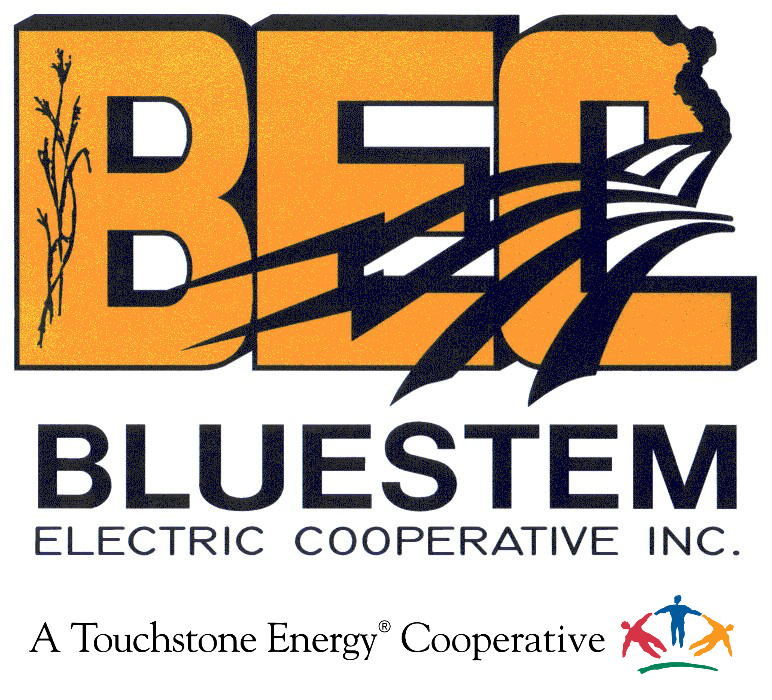How to Figure...
Volts, Amps & Watts Formulas
Volts X Amps = Watts
Watts / Volts = Amps
Watts / Amps = Volts
Irrigation Formula for Hours of Run Time
Total KwH for season = Total Hours of Run Time
(746 Watts X Total Horsepower)/1000
Conversion Formula for Amps to KwH's
Voltage used by motor or appliance X Amps X Hours of Use = Total KwH's Used
1000
How much does it cost to run an appliance?
Appliance's Watts X rate = Cost to operate/hour
1,000
Wattage information may be obtained by looking at the appliance nameplate, usually labeled on the back of all units. Bluestem’s electric rates vary from winter to summer. In the examples below, an average rate of 10 cents per kilowatt hour is used.
Example One:
150-watt floodlight used for security lighting with a duty cycle of 8 hours and at a rate of 10 cents per kilowatt hour.
150 X .10 = $0.015/hour
1000
Example Two:
One thermostatically controlled 1,000 watt stock tank heater plugged in for 12 hours. The duty cycle is estimated to be 5 hours based on outdoor temperatures. Remember, only calculate the time in which the appliance was heating.
1,000 X .10 = $0.10/hr X 5 hours actually running = $0.50 for a 12 hour period
1,000
The Cost of My Energy Bill
To learn about the cost of your electric bill, look at the “KWH Usage History” graph on your electric bill and compare your current usage with a year ago. Members can also sign up for a SmartHub account and track their daily usage. Take into consideration that the current weather conditions may have been different a year ago. In the wintertime, extreme cold will cause higher usage for space heaters, livestock heaters or vehicle block heaters. In the summertime, running air conditioners, dehumidifiers and watering gardens are the common reason for higher usage. Also take into consideration that if you are gone on vacation, there are certain appliances (ex. security lights, refrigerators, freezers, hot water heater, etc.) that continue to use electricity even though you are not there.
If you still find a dramatic change in your usage, then you need to start checking your electrical devices. They could be running constantly or turning on and off for very short periods of time which is called short cycling. Here are some common problems that can raise your usage:
- Well pump that runs continuously or that has a pinhole leak in the pipe
- Electric water heaters that are leaking or have a defective heating coil
- Air conditioners that are low on Freon coolant
- Faulty thermostats
If you feel you need help after checking all these possibilities, please give us a call. Keep in mind that it is rare for the meter to be at fault and when meters are at fault they usually run slower not faster.

